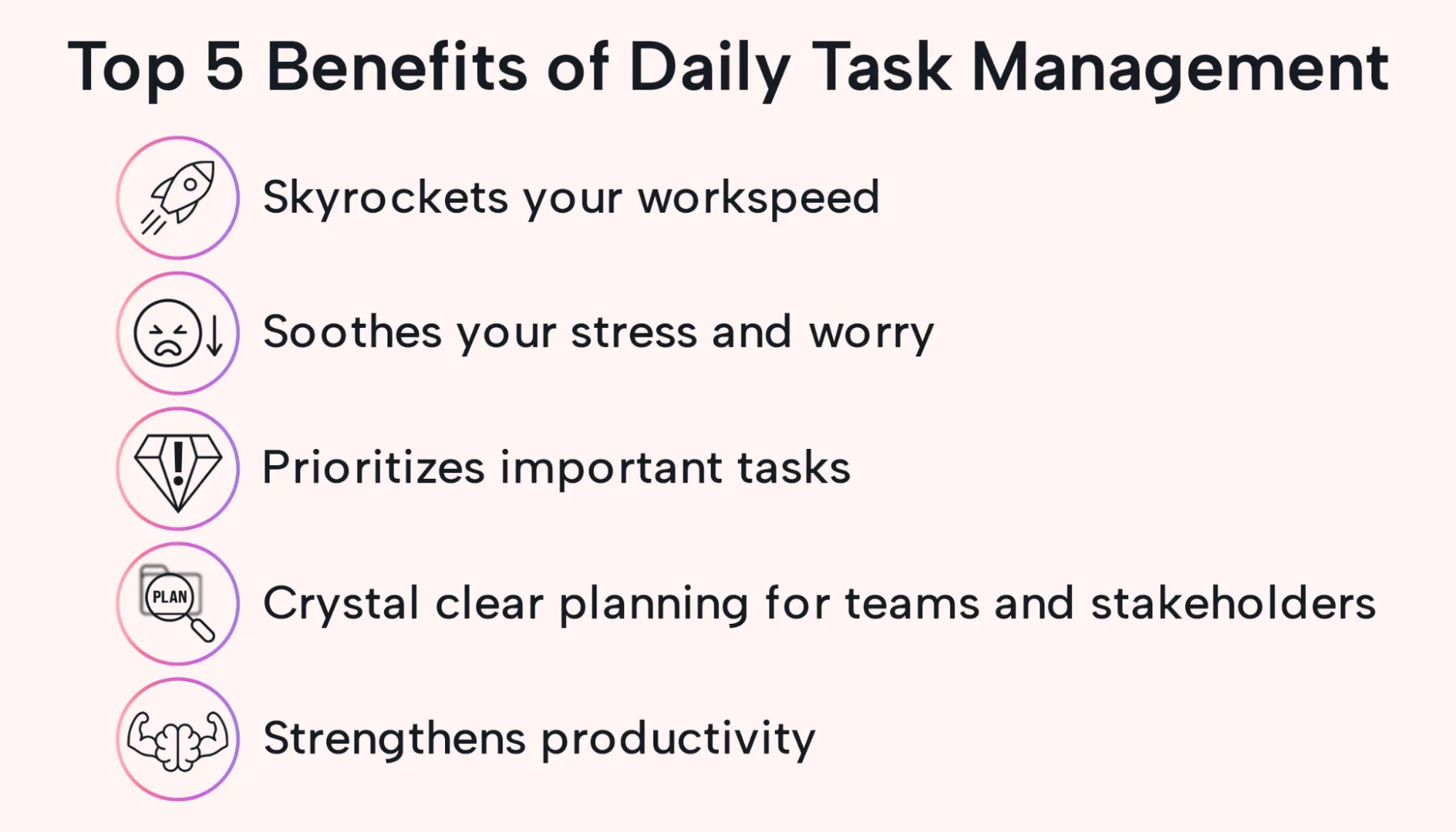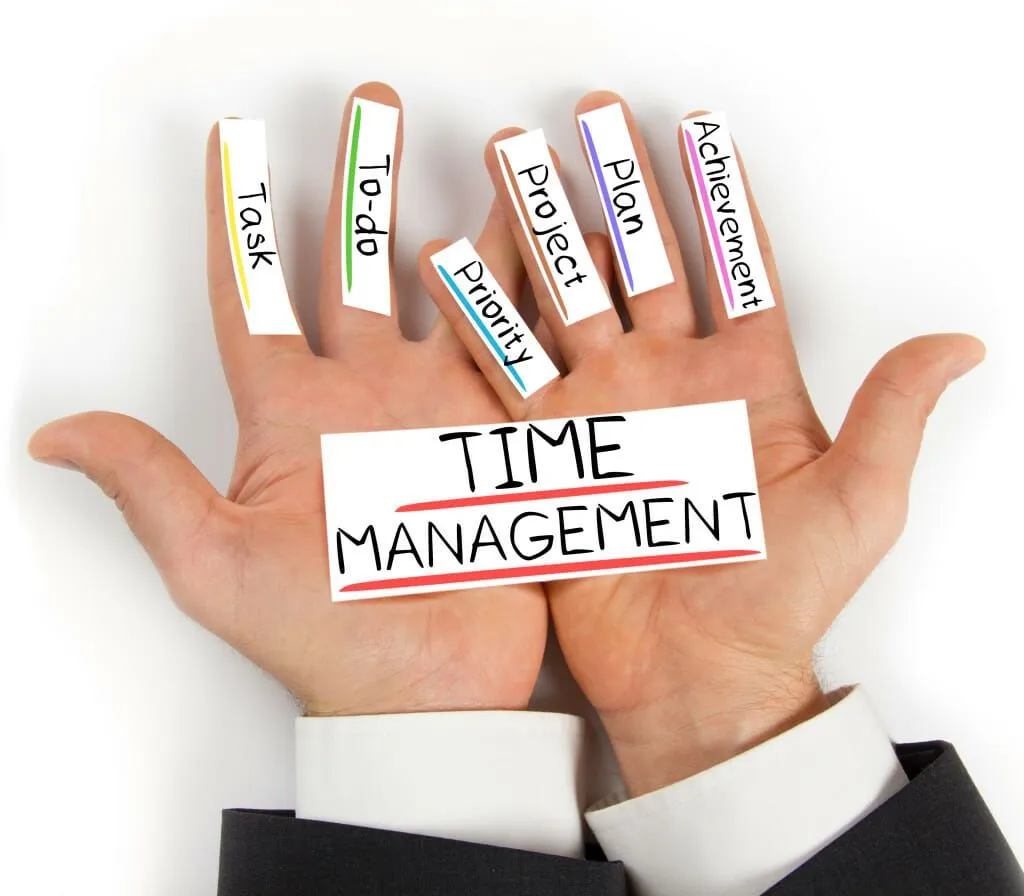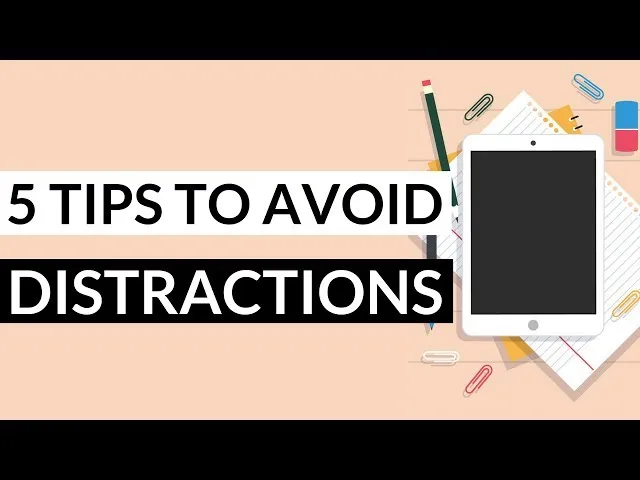In today’s fast-paced world, effective task management is critical to maintaining productivity and achieving both personal and professional goals. However, with endless to-do lists, competing priorities, and constant distractions, managing tasks efficiently can feel overwhelming. The good news is that adopting task management best practices can help you organize your work, stay focused, and accomplish more with less stress.
This article explores proven strategies and techniques to optimize task management and improve overall efficiency.
1. Prioritize Tasks Using the Eisenhower Matrix
The Eisenhower Matrix, also known as the Urgent-Important Matrix, is a powerful tool for prioritizing tasks. It categorizes tasks into four quadrants based on their urgency and importance:
- Quadrant 1: Urgent and important (Do immediately)
- Quadrant 2: Important but not urgent (Schedule for later)
- Quadrant 3: Urgent but not important (Delegate)
- Quadrant 4: Neither urgent nor important (Eliminate or minimize)
By sorting tasks into these categories, you can focus your energy on what truly matters while avoiding time-wasting activities.
2. Set SMART Goals
Effective task management begins with clear and achievable goals. The SMART criteria provide a framework for creating actionable goals:
- Specific: Clearly define what you want to achieve.
- Measurable: Determine how you will track progress.
- Achievable: Ensure the goal is realistic given your resources and time.
- Relevant: Align the goal with your broader objectives.
- Time-bound: Set a deadline for completion.
Breaking larger goals into smaller, actionable tasks ensures steady progress and reduces the feeling of being overwhelmed.
3. Use Task Management Tools
Technology offers a wide range of tools to help you organize, track, and complete tasks more efficiently. Popular task management apps include:
- Trello: Ideal for visualizing tasks using boards, lists, and cards.
- Asana: Great for team collaboration and project tracking.
- Todoist: Simple yet powerful for personal task organization.
- Microsoft To Do: Integrates seamlessly with other Microsoft products.
Choose a tool that suits your workflow and commit to using it consistently.
4. Practice Time Blocking
Time blocking is a productivity technique where you allocate specific blocks of time to individual tasks or activities. This method minimizes distractions and ensures that important tasks receive dedicated focus.
How to Implement Time Blocking:
- Review your task list and identify high-priority items.
- Divide your day into blocks of time, assigning each block to a specific task.
- Avoid multitasking during a block; focus solely on the assigned activity.
- Include buffer time for breaks and unexpected interruptions.
By scheduling your day in advance, you can reduce decision fatigue and make the most of your time.
5. Follow the 2-Minute Rule
The 2-minute rule, popularized by David Allen in his book Getting Things Done, is a simple yet effective way to handle small tasks. The rule states:
- If a task takes less than two minutes to complete, do it immediately.
Applying this rule prevents minor tasks from piling up and creating unnecessary clutter in your workflow. It’s especially useful for quick emails, small fixes, or short administrative tasks.
6. Adopt the Pomodoro Technique
The Pomodoro Technique is a time management method that breaks work into intervals, typically 25 minutes long, followed by a 5-minute break. After completing four intervals, take a longer break of 15–30 minutes.
Benefits of the Pomodoro Technique:
- Improves focus and concentration.
- Prevents burnout by encouraging regular breaks.
- Helps estimate how long specific tasks take to complete.
This technique is especially effective for tasks that require deep focus or creative thinking.
7. Limit Multitasking
While multitasking may seem productive, it often leads to decreased efficiency and increased errors. Studies show that the brain works best when focusing on one task at a time.
Tips to Avoid Multitasking:
- Turn off notifications to minimize distractions.
- Use the “Do Not Disturb” feature on your devices while working.
- Complete one task before moving on to the next.
By dedicating your full attention to a single task, you can produce higher-quality work in less time.
8. Regularly Review and Adjust
Task management is not a one-time activity—it requires ongoing review and adjustments. At the end of each day or week, evaluate your progress and update your plans accordingly.
Questions to Ask During a Review:
- Did I complete my high-priority tasks?
- What challenges or distractions did I face?
- How can I improve my workflow for the next period?
Regular reviews ensure that you stay on track and adapt to changes in priorities or circumstances.
9. Delegate When Possible
Delegation is a key skill for effective task management, especially for team leaders or individuals with heavy workloads. By assigning tasks to others, you can free up time for more critical responsibilities.
How to Delegate Effectively:
- Clearly define the task and expected outcomes.
- Choose the right person based on skills and availability.
- Provide the necessary resources and guidance.
- Trust the individual to complete the task and avoid micromanaging.
Delegating not only lightens your load but also empowers others and fosters collaboration.
10. Learn to Say No
Overcommitting is a common reason for poor task management. Learning to say no to unnecessary tasks or low-priority requests is essential for maintaining focus and avoiding burnout.
Strategies for Saying No:
- Be polite but firm, explaining your current priorities.
- Offer alternative solutions or suggest someone else who may help.
- Practice assertiveness to avoid guilt or hesitation.
Protecting your time and energy is critical to staying productive and achieving your goals.
11. Keep Your Workspace Organized
A cluttered workspace can contribute to mental clutter, making it harder to focus on tasks. Maintaining an organized environment supports a clear and productive mindset.
Tips for Organizing Your Workspace:
- Keep only essential items on your desk.
- Use folders, bins, or digital tools to categorize tasks and materials.
- Take a few minutes at the end of each day to tidy up your space.
An organized workspace fosters creativity and reduces distractions.
12. Celebrate Accomplishments
Acknowledging and celebrating your achievements, no matter how small, can boost motivation and morale. It reinforces a sense of progress and helps maintain a positive attitude toward task management.
Ways to Celebrate:
- Take a short break or treat yourself after completing a challenging task.
- Share your success with a friend, colleague, or mentor.
- Reflect on your progress and how it contributes to your long-term goals.
Celebrating accomplishments encourages consistent effort and keeps you motivated to tackle future challenges.
Conclusion
Effective task management is a combination of thoughtful planning, prioritization, and consistent execution. By incorporating practices such as prioritizing tasks, using tools, limiting multitasking, and regularly reviewing progress, you can achieve your goals with greater efficiency and less stress.
Remember, task management is not about doing everything—it’s about doing the right things at the right time. Start small, experiment with different techniques, and find a system that works best for you. With practice and persistence, you’ll master the art of task management and unlock your full potential.




